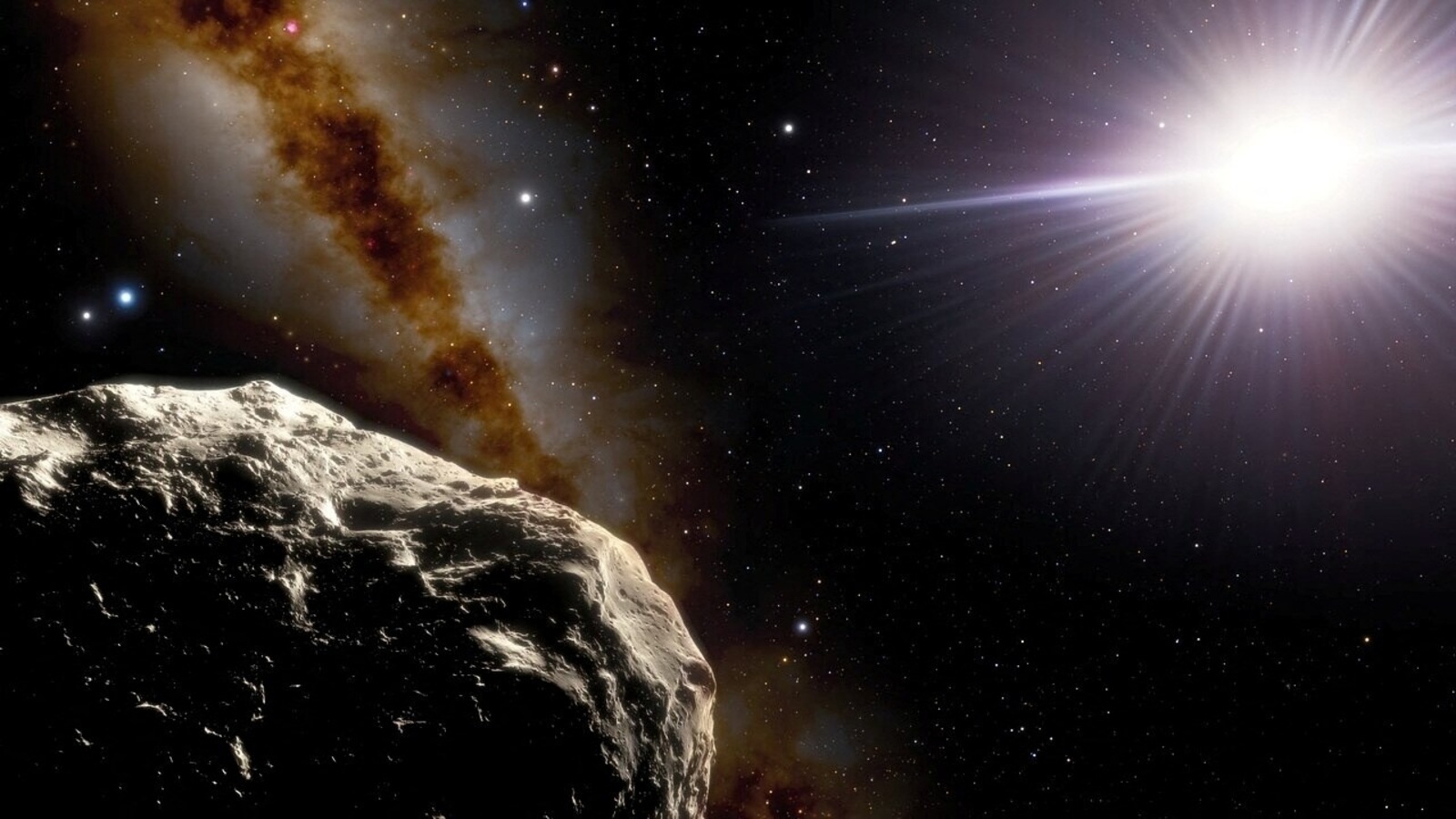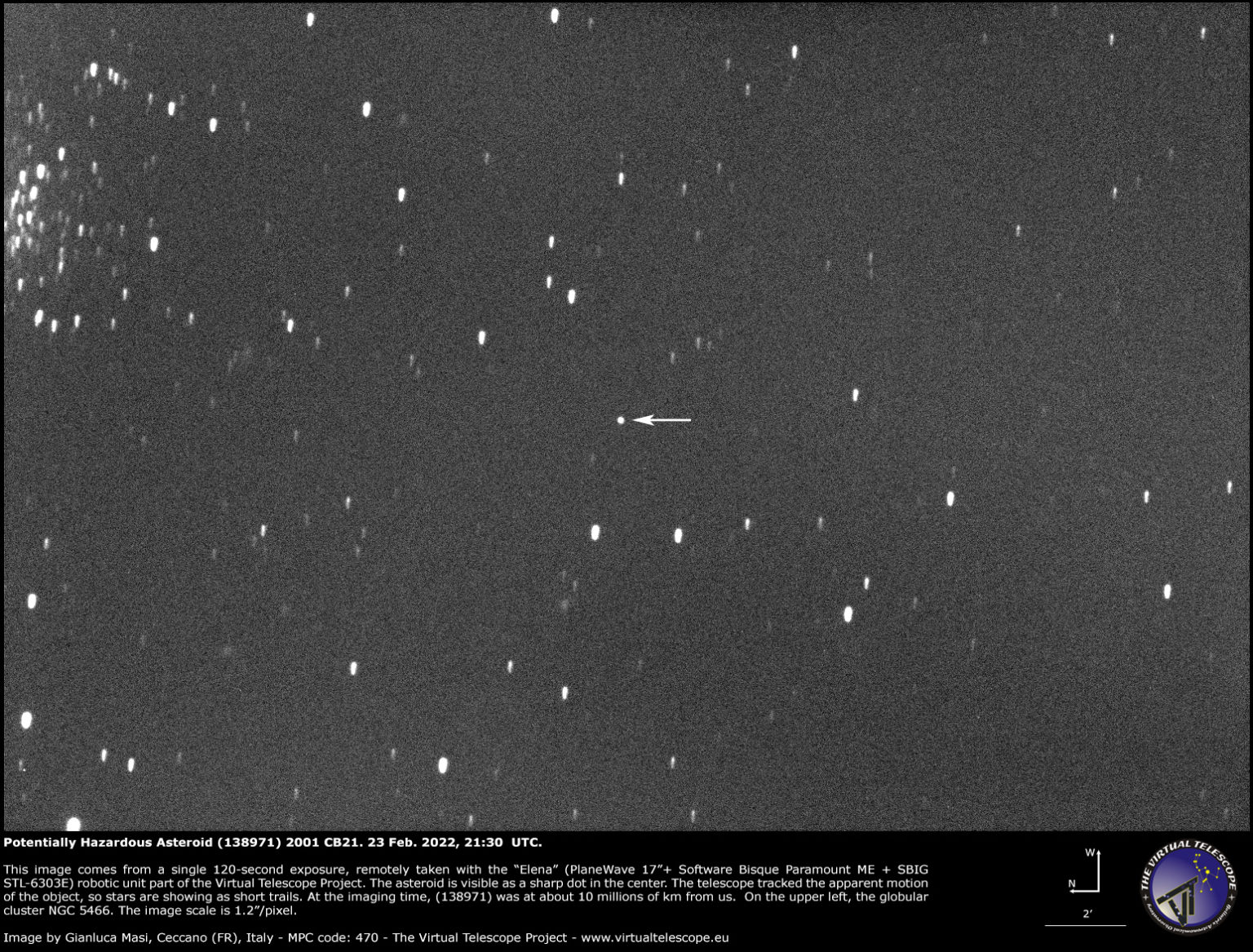NASA: Asteroid, larger than Burj Khalifa skyscraper, heading for Earth at 26800 mph
A 'potentially hazardous' asteroid is making its way towards Earth, NASA says, but is this the time to worry?

We are a just week away from yet another large asteroid that will make a close approach to Earth and it has been categorised as “potentially hazardous” by NASA. The Near-Earth asteroid has been named Asteroid 138971 (2001 CB21) and it is estimated to be up to 3,940 feet in diameter, which makes it even bigger than the world's tallest building, the Burj Khalifa. The giant asteroid is expected to make its closest approach to Earth on March 4, 2022, at 2:59 am Eastern Time. NASA's Center for Near-Earth Object Studies (CNEOS) reported that it is speculated to be traveling at speed more than 26800 miles per hour. But does this huge asteroid, which is categorised as “potentially hazardous”, pose any risk to Earth?
Well, the news about the hazardous asteroid making its way close to Earth can make anyone worried, considering the horrific destructive power that it carries due to its size and speed at which it is travelling. But the good news is despite having a gigantic structure and lightning speed, it doesn't pose any risk to Earth. Actually, the asteroid is not even expected to get any closer than 3 million miles to Earth, which is almost more than 12 times the distance between our planet and the moon. So, you don't need to worry much about it. Then why is it categorised as “potentially hazardous”?
Actually, NASA's Centre for Near-Earth Object Studies keeps track of asteroids that have the potential to collide with Earth. NASA tracks almost 1,000 asteroids that have passed close to Earth since 1968. And when an asteroid with a diameter of more than 150 meters approaches Earth, NASA classifies it as a potentially hazardous asteroid and monitors it closely. Hence, NASA classified Asteroid 138971 (2001 CB21) as potentially hazardous, which has gained a lot of interest. The reason to worry stems from the fact that, though the asteroid is on course to pass harmlessly by, but if for any reason, its course is changed by some unforeseen object, then there is no saying what will happen- it may even head directly for Earth..
Back in January, an Astronomer at the Virtual Telescope Project in Italy, Gianluca Masi took a picture of this giant asteroid when it was at a distance of more than tens of millions of miles. Now, as the asteroid made its way nearer the Earth, Masi managed to click another photo of the asteroid, and this time it was about 6.2 million miles away from our planet. Have a look here:


You can see a sharp white dot in the image indicated by the white arrow at the center which is the upcoming giant asteroid. "The telescope tracked the apparent motion of the asteroid, so it looks like a sharp dot, with surrounding stars appearing slightly elongated," the astronomer Gianluca Masi mentioned on his website. He further mentioned that the image has been captured from a single 120-second exposure shot taken remotely using a PlaneWave 17-inch robotic telescope unit.
Catch all the Latest Tech News, Mobile News, Laptop News, Gaming news, Wearables News , How To News, also keep up with us on Whatsapp channel,Twitter, Facebook, Google News, and Instagram. For our latest videos, subscribe to our YouTube channel.





























